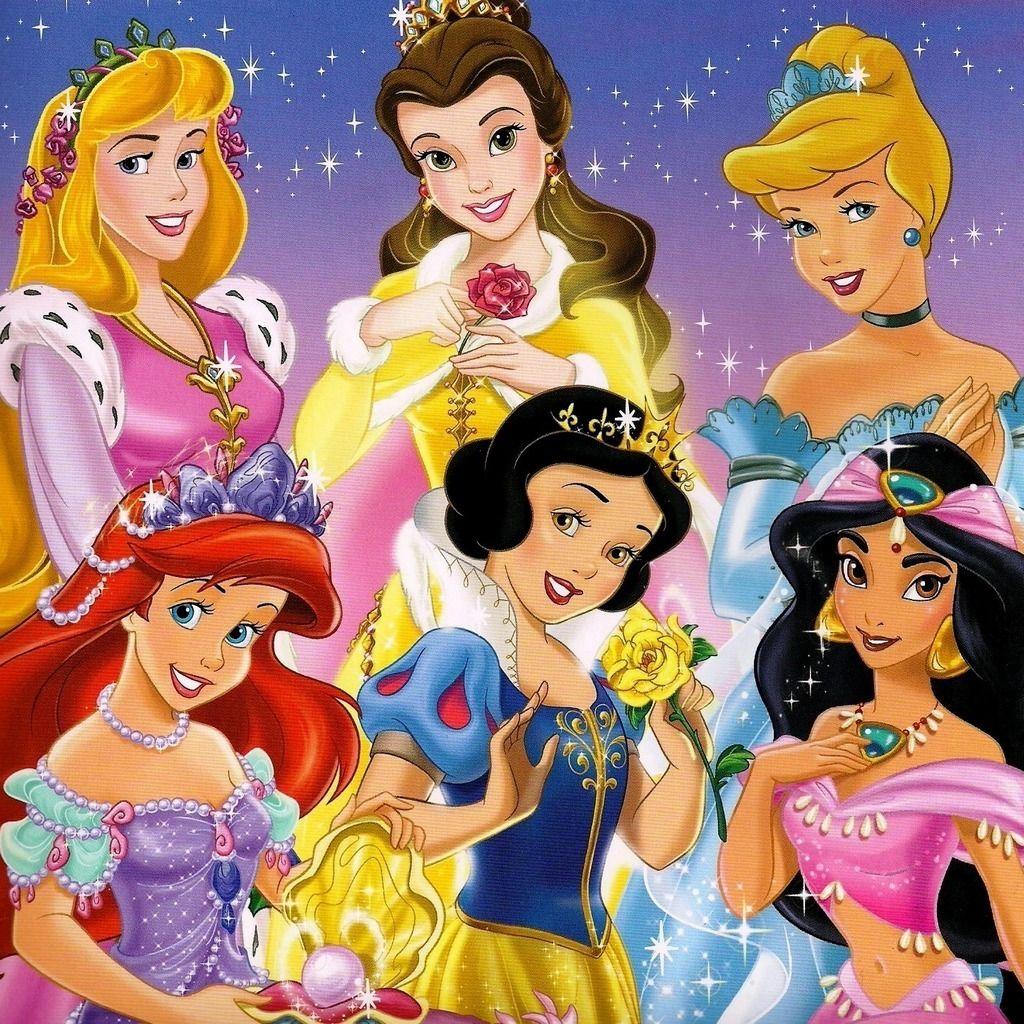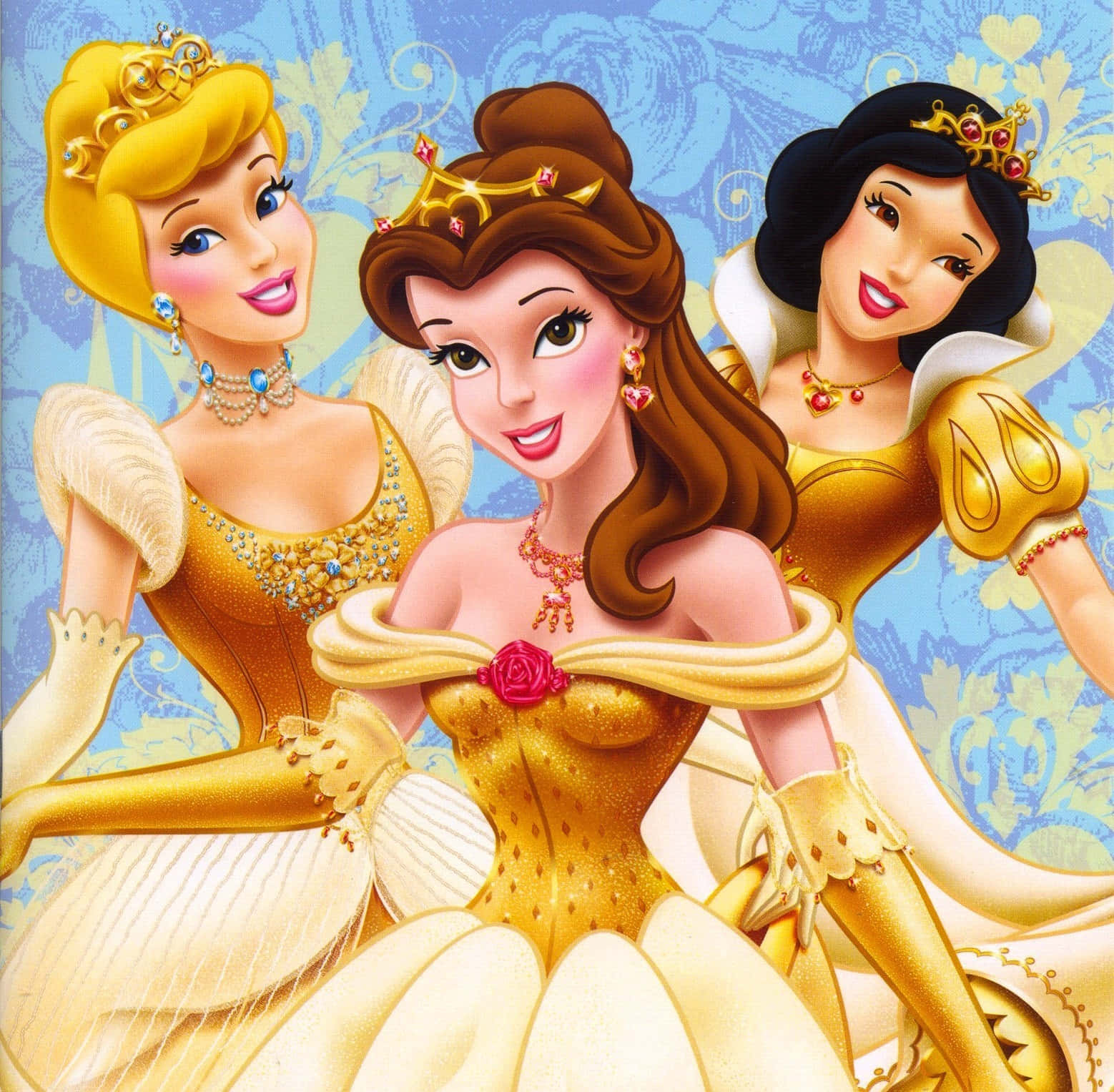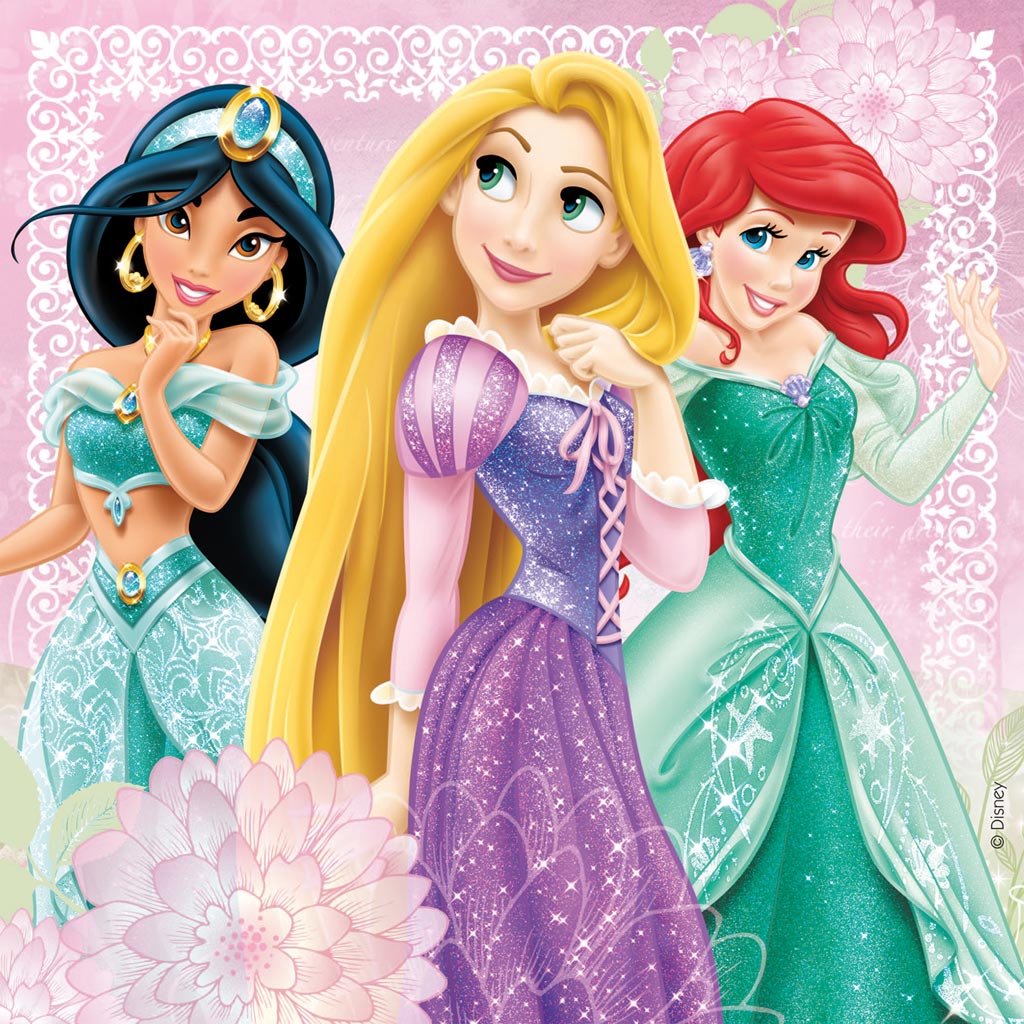The story of Princess Diana's life, especially her marriage and its eventual end, has always held a special place in public memory, hasn't it? People have spent years, really, trying to piece together exactly what happened between her and Prince Charles. It's a tale that, you know, just keeps on giving, sparking conversations and new thoughts even now. We often hear about the challenges they faced, the pressures from being part of the royal family, and the personal struggles that played out in front of the whole world.
While many folks, quite understandably, point to the well-known personal difficulties and other relationships that came to light, there's another side to the story, a perspective that Princess Diana herself shared. It seems, actually, that she felt some of the people working closest to the royal household, the courtiers, played a significant part in the troubles that led to her marriage falling apart. This idea, in a way, shifts the focus a little from just the two people involved to the wider system around them.
It's a pretty fascinating thought, isn't it, to consider that the very individuals meant to support the monarchy might have, perhaps unintentionally, contributed to its most high-profile personal drama? This piece will look into that very notion, exploring the details of Diana and Charles's union, what went wrong, and, most importantly, who Diana believed was truly responsible for the sad ending of her royal partnership. We'll get into the specifics of this dramatic separation and the reasons behind it, so you can get a fuller picture.
- Secure Remote Access Iot Device
- Seo Ye Ji And Kim Soo Hyun
- Sara Retali
- Selena Samuela Pregnant
- Sam Elliott Politics And Religion
Table of Contents
- Princess Diana - A Glimpse into Her Life
- Personal Details - Princess Diana's Early Years
- When Did the Royal Marriage Begin to Unravel?
- What Were the Early Challenges for Princess Diana and Charles?
- Who Did Princess Diana Blame for Her Divorce?
- The Courtiers' Role in the Royal Separation
- How Did Life Change for Princess Diana After the Divorce?
- Princess Diana's Humanitarian Work and Final Chapter
Princess Diana - A Glimpse into Her Life
Diana Spencer, who later became Princess of Wales, captured hearts around the globe with her kind spirit and dedication to helping others. Born into an aristocratic family, her path crossed with Prince Charles, the heir to the British throne, and their union, really, felt like something out of a storybook for many. Their wedding day, on July 29, 1981, was a truly grand event, watched by millions, and it seemed to promise a fairy-tale future. She was just 20 years old then, and he was 32, so there was a bit of an age difference, you know.
From the moment she stepped into the royal spotlight, Diana brought a fresh approach to the monarchy. She was known for her warmth, her direct way of connecting with people, and her genuine compassion for those in need. Her public appearances were often marked by her willingness to shake hands, offer comfort, and really listen to the concerns of ordinary folks, which was, in a way, a new thing for a royal. This personal touch made her incredibly popular, and she quickly became a beloved figure, not just in Britain but across the whole world, actually.
Yet, even with all the public adoration, her private world was, shall we say, a bit more complicated. The pressures of royal life, the constant attention, and the demands of her role began to take their toll. Her journey was one of immense public success but also quiet personal struggle, a contrast that, you know, defined much of her time as a royal. It's almost as if the brighter her public star shone, the more shadowed her personal life seemed to become, which is pretty sad when you think about it.
- Sela Ward Illness
- Sean Larkin Wife
- Salt Trick For Men In Bed
- Securely Connect Remoteiot P2p Android Download
- Sam Champion Wife
Personal Details - Princess Diana's Early Years
| Full Name | Diana Frances Spencer |
| Born | July 1, 1961 |
| Place of Birth | Park House, Sandringham, Norfolk, England |
| Parents | John Spencer, Viscount Althorp (later Earl Spencer) and Frances Shand Kydd |
| Married | Prince Charles (July 29, 1981) |
| Children | Prince William, Prince Harry |
| Divorced | Prince Charles (August 28, 1996) |
| Died | August 31, 1997 |
| Age at Death | 36 |
When Did the Royal Marriage Begin to Unravel?
The marriage between Princess Diana and Prince Charles, which began with such high hopes and public celebration, started facing serious difficulties fairly early on. Even before their grand wedding, some observers, like reporter and biographer Sally Bedell Smith, suggested that signs of trouble were, you know, already there. It wasn't just a sudden shift after they tied the knot; the seeds of discord were, in a way, present from the beginning, apparently.
Over the years, the partnership faced many challenges that chipped away at its foundation. There were, for example, serious issues with how they spoke to each other, a real lack of connecting words, and moments of deep emotional pain. These difficulties, really, went beyond what the public saw, creating a private world of distress for both of them. The story of their union became one of growing distance and misunderstanding, even as they continued to appear together for official duties, which must have been incredibly tough.
The public, naturally, became increasingly aware that something wasn't quite right. The fairy tale, it seemed, was beginning to show its cracks. The narrative of their marriage, once so bright and hopeful, became a subject of intense public curiosity and, you know, a lot of discussion. People wondered what was happening behind the palace walls, especially as rumors and stories began to circulate more widely, painting a picture of a royal couple struggling to keep things together, so it's almost like everyone could feel the tension.
What Were the Early Challenges for Princess Diana and Charles?
From the start, the royal couple encountered significant obstacles that put a strain on their connection. One major issue was, quite frankly, a breakdown in their ability to communicate openly and honestly. It's like they just couldn't find a way to truly talk to each other about what they were feeling or what they needed, which can be incredibly isolating in any relationship, let alone one under such intense scrutiny. This lack of clear conversation often led to misunderstandings and, really, a growing sense of emotional distance between them.
Beyond the communication difficulties, there was also, of course, a great deal of emotional distress that both individuals experienced. The pressures of their roles, the constant public gaze, and the expectations placed upon them as future king and queen were immense. These factors, you know, created an environment where personal happiness was hard to find, and deep feelings of sadness or frustration could easily take root. It’s fair to say that their union was, in a way, damaged by these ongoing difficulties, making it a truly tough situation for them both.
And then, of course, there were the outside relationships that, sadly, played a significant part in the marriage's undoing. While the public often focused on Prince Charles's long-standing connection with Camilla Parker Bowles, the issues were, actually, much deeper than just one other person. These romantic entanglements certainly added layers of hurt and betrayal, making it even harder for the couple to work through their existing problems. It was a situation that, you know, just kept getting more complicated, leading to a lot of pain and public speculation, so it's understandable why things eventually came to a head.
Who Did Princess Diana Blame for Her Divorce?
The public narrative around the ending of Princess Diana's marriage to Prince Charles has often centered on the well-known romantic entanglements that came to light. Many people, quite naturally, assumed that the presence of a "third person" was the sole reason for the split. However, Princess Diana herself, it seems, had a different perspective on who she held responsible for the collapse of her partnership with the now King Charles. This is, you know, a rather important distinction, as it broadens our view of the events.
According to royal author Ingrid Seward, Diana did not believe that Camilla Parker Bowles was the only one to blame for her marriage dissolving. While Diana did famously speak about there being "three of us in this marriage," Seward claims that the Princess allegedly felt the issues went deeper than just one individual. This suggests that Diana saw the situation as far more intricate, with multiple factors at play, which is, in a way, a more nuanced outlook on such a complex situation. It really makes you think about the whole picture.
Instead, Diana reportedly pointed the finger at the courtiers, the trusted helpers and advisors who surrounded the royal family. She felt that these individuals, who were meant to support the monarchy, somehow contributed to the difficulties she faced within her marriage. This idea, you know, highlights a less talked about aspect of royal life – the influence of the inner circle on personal relationships. It's almost as if she saw them as part of the problem, rather than a source of solutions, which is a pretty powerful statement from her.
The Courtiers' Role in the Royal Separation
Princess Diana's belief that courtiers played a part in her marriage's breakdown is a rather telling detail, offering a glimpse into her personal experience within the royal setup. These courtiers, who were essentially the staff and advisors to the monarchy, were meant to manage the daily affairs and public image of the royal family. Yet, Diana seemed to feel that their actions, or perhaps their inactions, somehow worsened the existing problems between her and Prince Charles. It's like she felt they were, you know, not helping things, or even making them worse, in some respects.
The specific ways in which Diana believed the courtiers contributed to the difficulties aren't always spelled out in great detail, but one can infer that it might have involved controlling information, influencing decisions, or perhaps even fostering an environment where open communication between the royal couple was discouraged. It's possible she felt isolated or misunderstood by those closest to the royal institution, which, really, would only add to the strain of a struggling marriage. This perspective, you know, suggests a systemic issue, not just a personal one, within the palace walls.
This viewpoint also stands in contrast to how Prince Charles reportedly viewed things. In 1994, when his own romantic entanglement became public, he apparently blamed his former private secretary for the confession. This suggests that both Charles and Diana felt that those around them, the very people who were supposed to be helping, were somehow implicated in their personal struggles. It’s almost as if the weight of the institution and its inner workings created an environment where personal relationships struggled to thrive, leading to a lot of finger-pointing, actually.
How Did Life Change for Princess Diana After the Divorce?
The formal end of Princess Diana's marriage to Prince Charles came in 1996, after they had been living separately for two years. This official split marked a significant turning point in her life, allowing her to forge a new path for herself, one that was, in a way, more independent. Despite the personal pain and public scrutiny that came with the separation, Diana managed to retain her title as Princess of Wales, which was, you know, quite important for her continued public work.
With the formal separation behind her, Diana dedicated even more of her time and energy to her humanitarian efforts. She had always shown a deep commitment to helping others, but now, perhaps with a bit more freedom, she expanded her work, taking on causes that resonated deeply with her. She became a powerful voice for those who needed it most, championing issues like landmine awareness and HIV/AIDS, really, making a tangible difference in the lives of many. Her focus shifted, in a sense, from being a royal wife to being a global advocate, which was pretty inspiring.
She found comfort and strong affection with men who truly looked up to her and held her in high regard during this period. These connections provided her with personal support and admiration, something that had, perhaps, been missing in her earlier life. It was a time of personal growth and, you know, a deepening of her public role, as she continued to captivate the world with her compassion and her ability to connect with people from all walks of life. Her post-divorce life was, in many ways, a testament to her resilience and her unwavering spirit.
Princess Diana's Humanitarian Work and Final Chapter
Following her divorce, Princess Diana truly intensified her efforts in the field of humanitarian work, leaving a lasting mark on the world. She traveled widely, visiting hospitals, speaking at conferences, and meeting with those affected by various global issues. Her dedication to causes like clearing landmines in Angola and supporting people living with HIV/AIDS was, really, groundbreaking for a royal figure. She used her fame and influence to shine a light on these critical issues, bringing them to the forefront of public consciousness, which was, you know, incredibly effective.
Her approach to charity was very hands-on; she would sit with patients, hold their hands, and offer comfort, breaking down the stigma often associated with certain illnesses. This personal touch, this genuine connection with people, was what made her so beloved and so effective as a humanitarian. She wasn't just lending her name to causes; she was, actually, fully immersed in them, showing a deep sense of empathy and a real desire to make a difference. It's almost like she found her true calling in helping others, which is pretty amazing.
Sadly, her life was cut short in a tragic car accident in Paris in 1997, just a year after her divorce. Her sudden passing sent shockwaves around the globe, leaving millions in mourning. Her brother, Earl Spencer, later spoke out, reportedly blaming journalist Martin Bashir for her sad passing in a new interview, suggesting that his "sensitive" sister was left without adequate safeguarding. Her death, you know, brought an abrupt end to a life that was still evolving, still finding its footing, and still dedicated to making the world a better place, leaving behind a powerful legacy that continues to inspire people even today.
Related Resources:



Detail Author:
- Name : Clinton Toy DVM
- Username : brittany25
- Email : qmurazik@gmail.com
- Birthdate : 1999-05-01
- Address : 8106 Eloisa Estates Suite 022 Faheytown, AR 42964-1842
- Phone : (316) 419-6960
- Company : Kihn, Haag and Simonis
- Job : Illustrator
- Bio : Qui inventore expedita harum eos. Aut et magnam non deserunt aliquam quas optio commodi.
Socials
linkedin:
- url : https://linkedin.com/in/justen_id
- username : justen_id
- bio : Rem sit saepe et porro quasi velit.
- followers : 6860
- following : 1645
tiktok:
- url : https://tiktok.com/@jjones
- username : jjones
- bio : Vitae velit ipsa laboriosam ut. Velit et ut qui voluptas cupiditate enim qui.
- followers : 1804
- following : 705